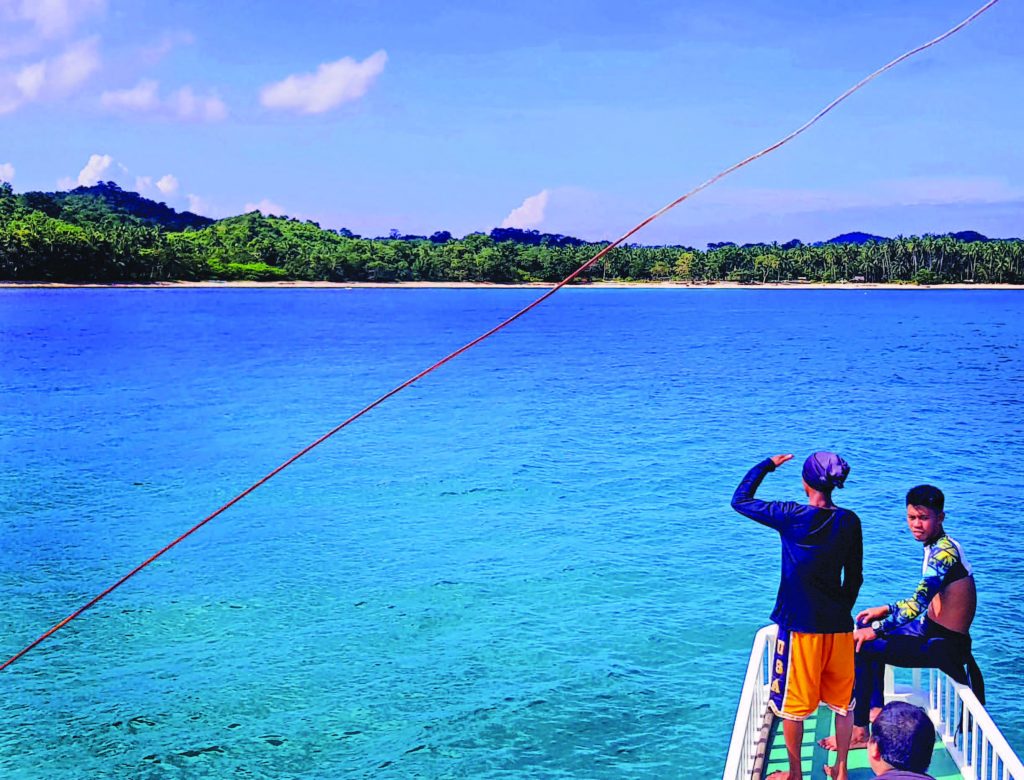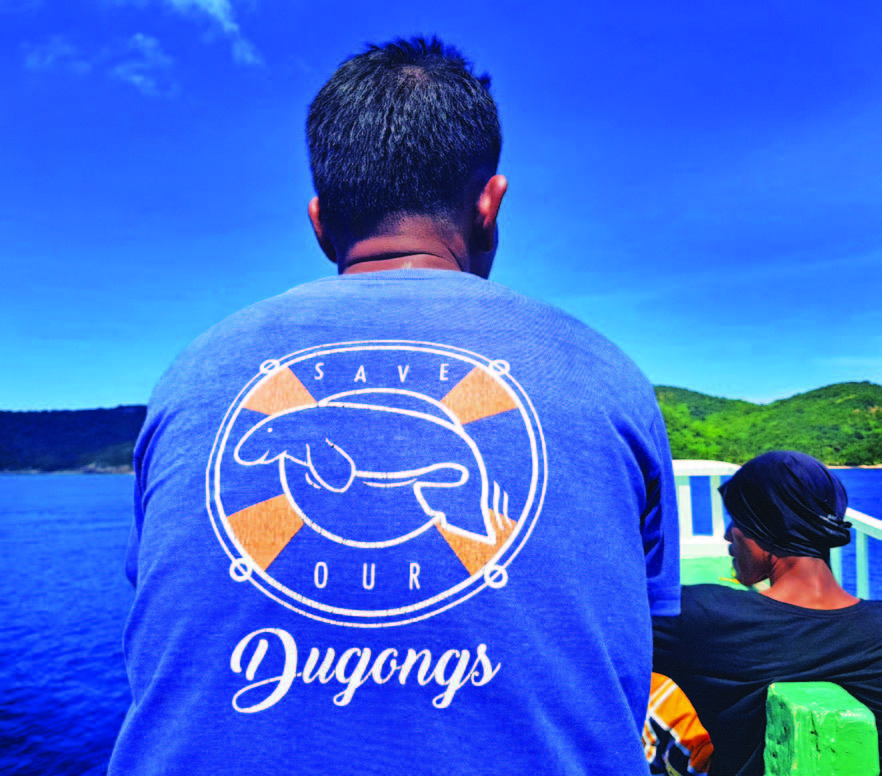Last month, we had an adventure on land, so this time we travel to the enchanted islands of northern Palawan, known among local explorers as one of the few places to swim with sea cows in the wild.
Dugongs (Dugong dugon) are distant cousins of elephants, growing up to three meters and weighing about 400 kilogrammes. Also called sea cows, they inhabit shallow waters of the Indo-Pacific, wherever seagrass is abundant. They are the fourth members of the order Sirenia, alongside the three manatee species. A fifth, the gigantic eight-meter long Steller’s sea cow, was completely wiped out by hunters by 1768, just 30 years after being discovered.
Sizeable herds of dugongs once plied the Philippine archipelago until hunting and habitat destruction reduced numbers. Populations still hold out in Isabela, Mindanao, Guimaras and Palawan, but encounters are extremely rare. I waited 20 years to see one and my job sends me to wild places all the time.

Dugongs are thought to live as long as humans (about 70 years), but give birth to just a single calf every three to five years, carrying their calves in their wombs for up to 14 months, according to an article by Study.com! They are globally classified as vulnerable and are considered critically endangered and legally protected in the Philippines because of their incredibly sparse numbers. Ecologically, dugongs keep seagrass meadows cropped, healthy and productive – ensuring the sea has ample stocks of banak, samaral and other fish that live amidst the wafting fields of seagrass.
Says Palawan-based dugong researcher Dr. Teri Aquino, “We can learn a lot about sustainable use and responsible stewardship from the dugong. It consumes a lot of seagrass yet leaves the seagrass bed even healthier than before. When feeding, they help release micronutrients from the seabed, making nutrients more accessible for small fish – and this is why we always see fish swimming with dugongs. This gentle marine mammal living the simplest of lives is one of the best caretakers of our seagrass habitats and the animals that live in them.”

Dugong vs Manatee
Dugongs differ from manatees in that they have forked tails. Manatees have rounded, paddle-like tails. The name dugong comes from the Malay word duyung, meaning ‘lady of the sea’ – alluding to its role as the inspiration behind seamen’s tales of mermaids (being at sea for months without seeing any women whatsoever, who can blame them).
Worth the investment
From the seaside town of Coron, we chose a package offered by the Dugong Dive Center, booking a double-decked vessel brimming with both tanks and spotters. Though a bit pricey at about seven grand a head, the fact that we got to tick dugongs off our “lifer list” with style and comfort made the investment worthwhile. Plus the food was top-notch.

It took us three hours to sail from Coron to Calauit Island, famed for its imported African animals like Giraffes and Impalas (more on them in a future story). Our spotter took 40 minutes to swim around and find a quietly-grazing dugong, before signalling us to follow.
We lucked out and encountered Aban, a three meter long male who is particularly friendly to divers. Having been photographed by many divers over the past decade, he’s probably the country’s most friendly, famous, and interesting dugong.
Encountering a sea cow isn’t like seeing a whale, which robs you of breath because of sheer size, nor a shark that inspires more than just a hint of fear. A dugong is huge but friendly, just like a mermaid Hodor.

We kept a healthy distance from Aban as he crunched gleefully on Halophila ovalis, which unlike most types of seagrass, has small round leaves instead of flowing grass blades. Dugongs eat up to 40 kilogrammes a day, keeping hectares of seagrass pruned and productive. My photographer buddy Danny Ocampo and I actually had to move around as Aban was curious enough to swim towards us a few times, checking us out. It wasn’t scary, but we wanted to respect minimum distance guidelines at all times. After 30 minutes, we finned up. Incredibly, Aban did too! He circled us on the surface, close enough to touch (I’m proud no one did). We wished him luck as he gently disappeared into Calauit Island’s turquoise waters.
Though dugongs are protected by law nationwide, they still get accidentally entangled in fishing gear and drown. The once-vast seagrass meadows they depend on for food are being destroyed by coastal reclamation and pollution. By protecting not just dugongs – but the seagrass meadows that support them – tomorrow’s Pinoys might too get a chance to come face to face with the real mermaids of the sea.
To book your dugong adventure, contact the Dugong Dive Center’s Dirk Fahrenbach [email protected].
(Photos by Danny Ocampo)
You might want to read:
– How to stop seagulls from stealing your food? Stare at them says new research
– Jellyfish thrives in the man-made disruption of the oceans
– Man buys turtles from market and frees them to the ocean






